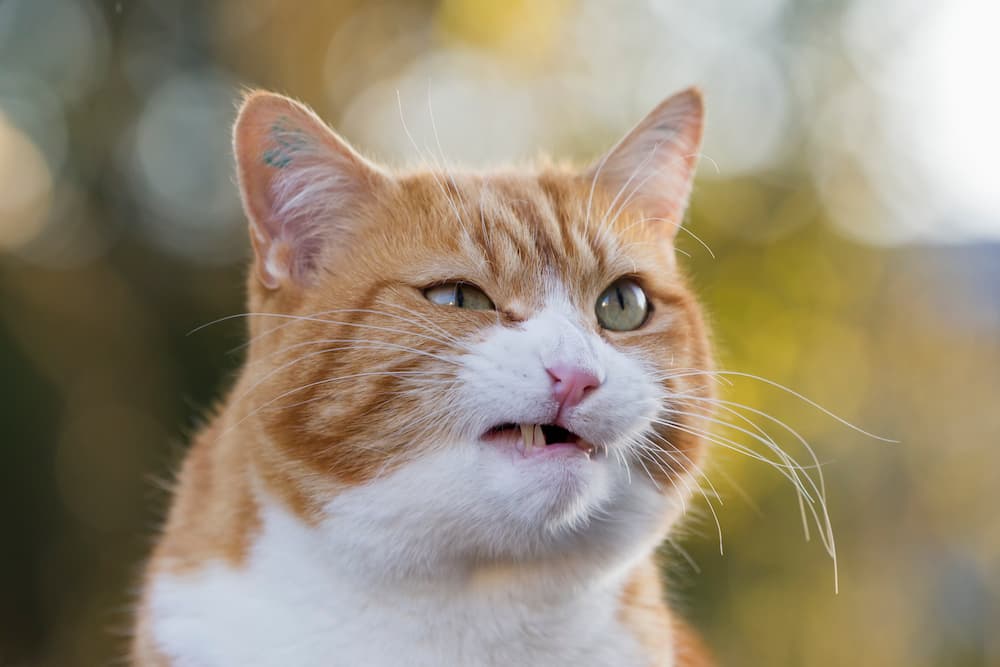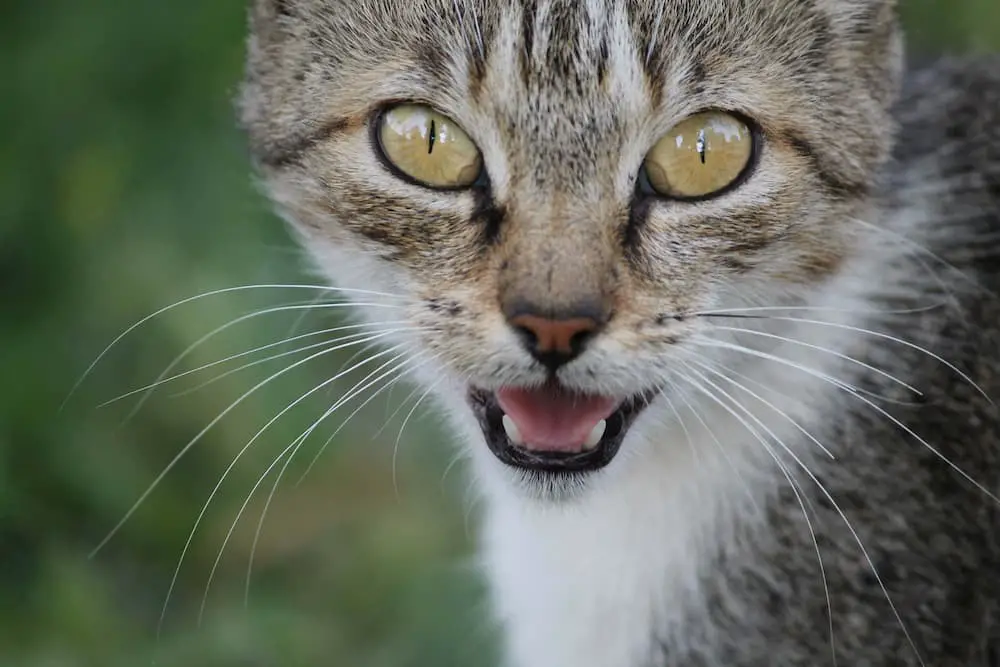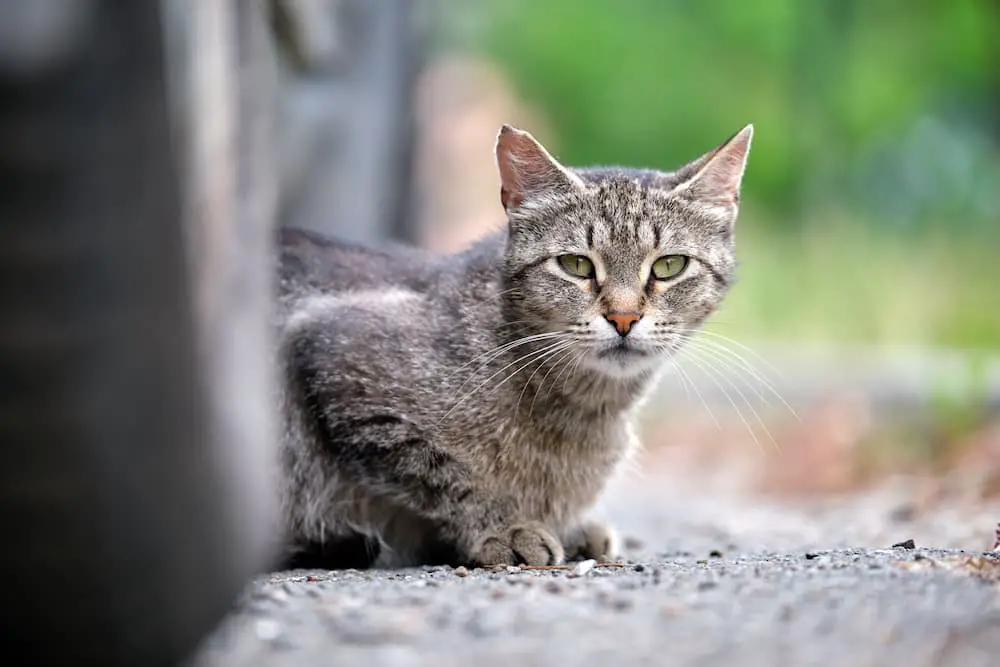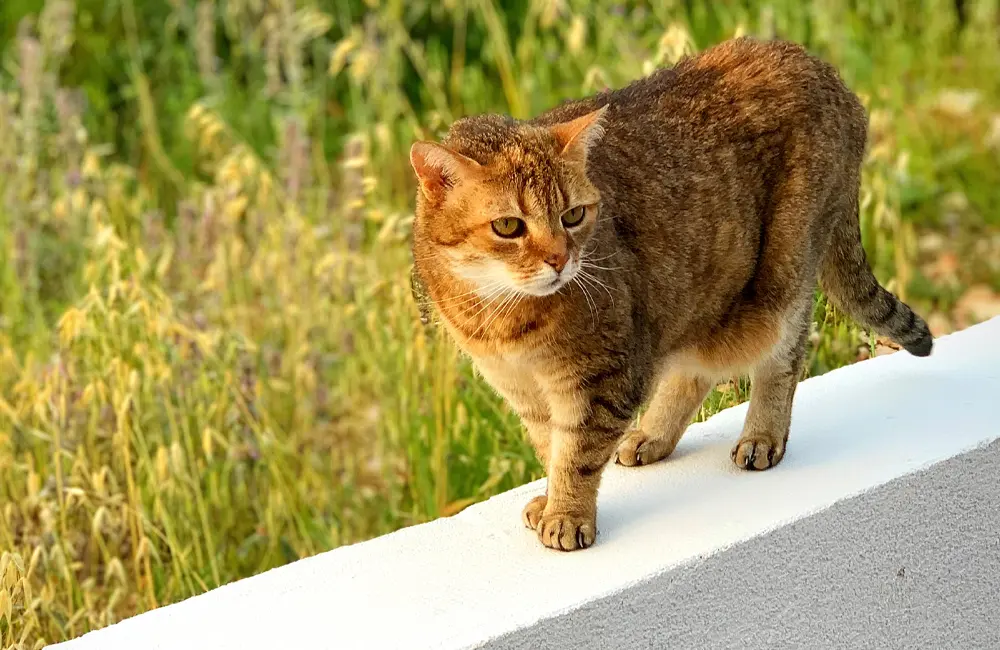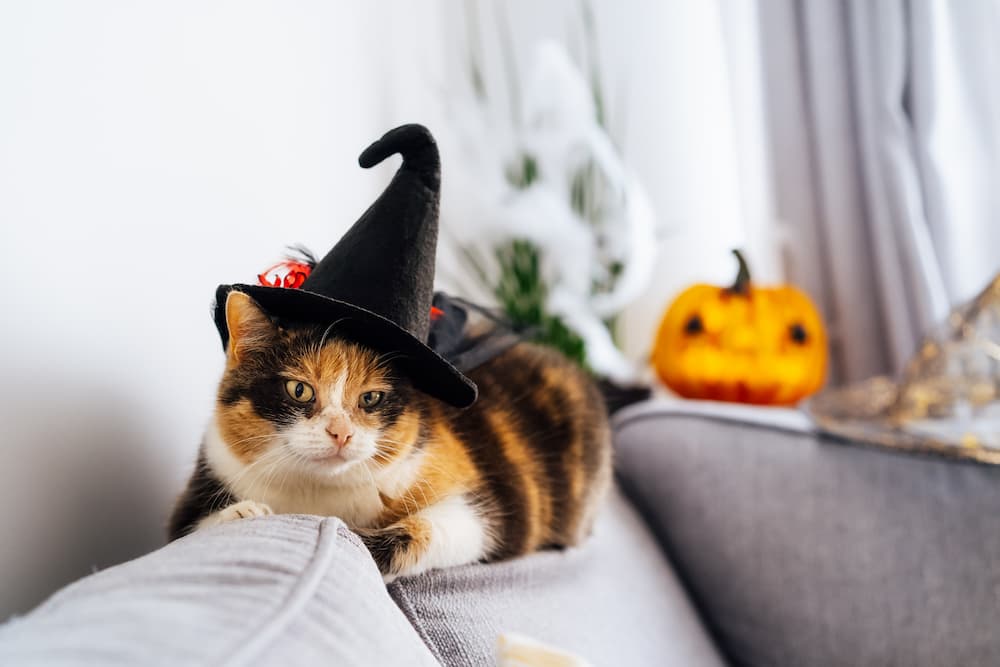Summertime can be fun, but it doesn’t come without an added danger to our furriest friends—heatstroke. You may not realize that cats can suffer from heatstroke just like humans. Despite their reputation for loving the warmth, cats are particularly vulnerable to overheating due to their limited ability to sweat. That’s why understanding how to recognize, treat, and prevent heatstroke in your cat could be life-saving.
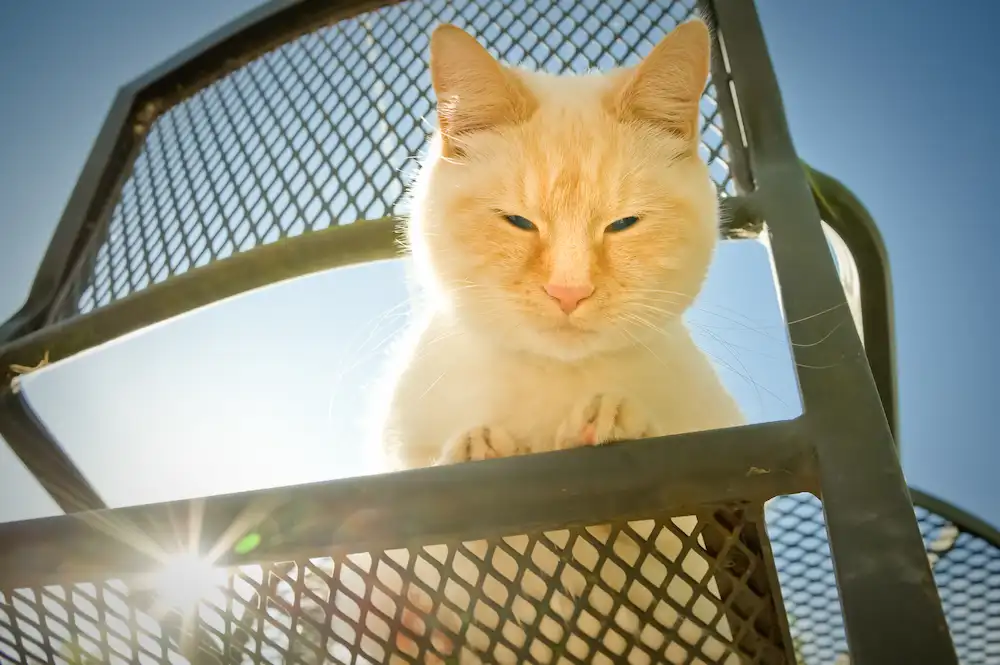
In this article, we’ll answer the question, “Can cats get heatstroke?” We’ll review the risks, the symptoms to watch out for, and practical tips to help keep your kitty cool and safe. Whether you’re a seasoned cat owner or new to the world of kitty companionship, this guide will arm you with essential knowledge for the hotter months.
Understanding Heatstroke in Cats
Heatstroke is a severe condition caused by an extended period of high body temperature. Unlike heat exhaustion, which is less severe, heatstroke can be life-threatening. For cats, the normal body temperature ranges between 100.5°F and 102.5°F. When external temperatures soar, a cat’s body can struggle to regulate its heat, leading to dangerous health issues.
Temperature Range
When the environment’s temperature reaches 90°F and above, it becomes potentially dangerous for cats. High humidity levels exacerbate the risk, as cats find it harder to cool down through panting and limited sweating. Understanding these temperature thresholds can help you better prepare and protect your feline friend.
Symptoms of Heatstroke in Cats
Recognizing the symptoms of heatstroke early can be the difference between life and death for your cat. Here are some common and less obvious signs to watch for:
Common Symptoms
- Panting – Unlike dogs, cats rarely pant. If your cat starts panting, it’s a significant indicator that they are overheated.
- Drooling – Excessive drooling can also be a sign that your cat is trying to cool down.
- Lethargy – A sudden drop in energy levels is a red flag.
Less Obvious Signs
- Vomiting and Diarrhea – Both can be symptoms of heatstroke, as overheating affects the digestive system.
- Difficulty Breathing – Labored breathing can indicate severe heat stress.
- Glazed Eyes – A vacant, glazed look in their eyes is another symptom of overheating.
By knowing these symptoms, you can act quickly to help your cat if they start showing signs of heatstroke.
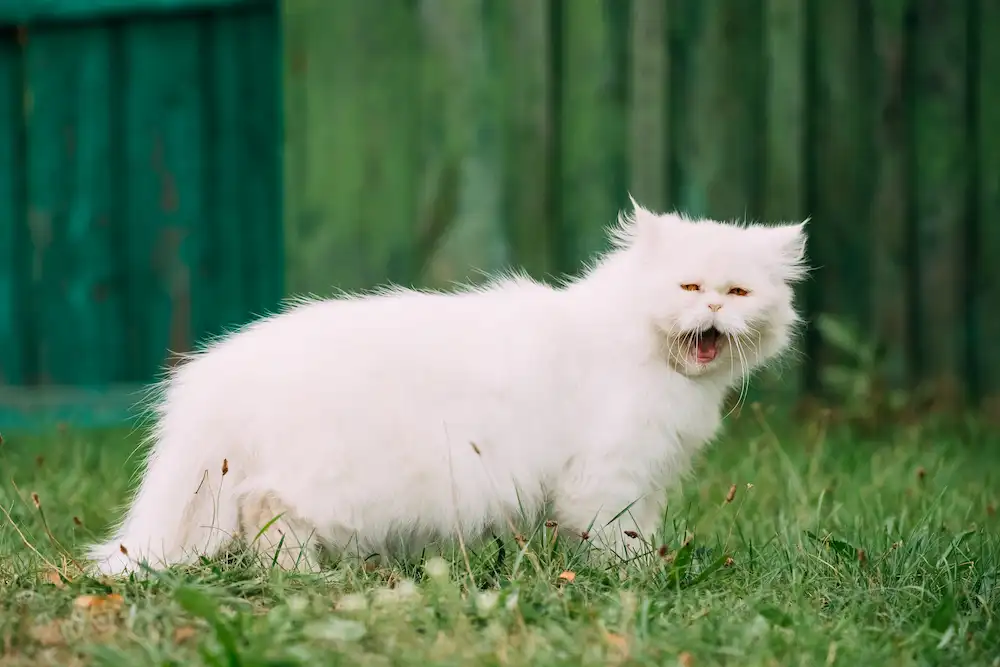
Treatment for Heatstroke
Immediate Veterinary Care
The first and most crucial step if you suspect your cat is suffering from heatstroke is to seek immediate veterinary care. The treatment at the vet clinic may involve:
- Intravenous Fluids – To rehydrate and lower body temperature.
- Oxygen Therapy – To assist with breathing difficulties.
- Cooling Techniques – Such as cool water baths or fans to safely reduce body temperature.
Remember, the faster your cat receives professional medical attention, the better their chances of recovery.
Helping Your Cat Until You See a Vet
While waiting for veterinary care, you can take steps to cool your cat down. Here’s how:
Safe Cooling Methods
- Move to Shade – Immediately relocate your cat to a shaded area or cool room.
- Offer Cool Water – Encourage your cat to drink water, but don’t force them.
- Dampen Fur – Use a cool, damp cloth to gently wet their fur. Focus on areas like the belly and paws.
Avoid Harsh Methods
- No Ice Baths – Never immerse your cat in ice water, as rapid cooling can be dangerous.
- No Forced Drinking – Don’t force water down your cat’s throat, as they may choke or aspirate.
Following these steps can help stabilize your cat while you make your way to the vet.
Preventing Heatstroke in Cats
Indoor Cooling
- Air Conditioning and Fans – Keep your home cool with air conditioning or fans.
- Access to Cool Tiles – Allow your cat to lie on cool surfaces like bathroom tiles.
- Hydration Stations – Ensure multiple sources of fresh water are available.
Outdoor Precautions
- Ample Shade and Water – Provide shaded areas and plenty of water if your cat spends time outside. For added comfort, place a cooling mat in the area where your cat spends time outside.
- Limit Outdoor Time – Keep outdoor activities brief and avoid the peak heat of the day.
- Monitor Weather – Be aware of the weather forecast and keep your cat indoors during heatwaves.
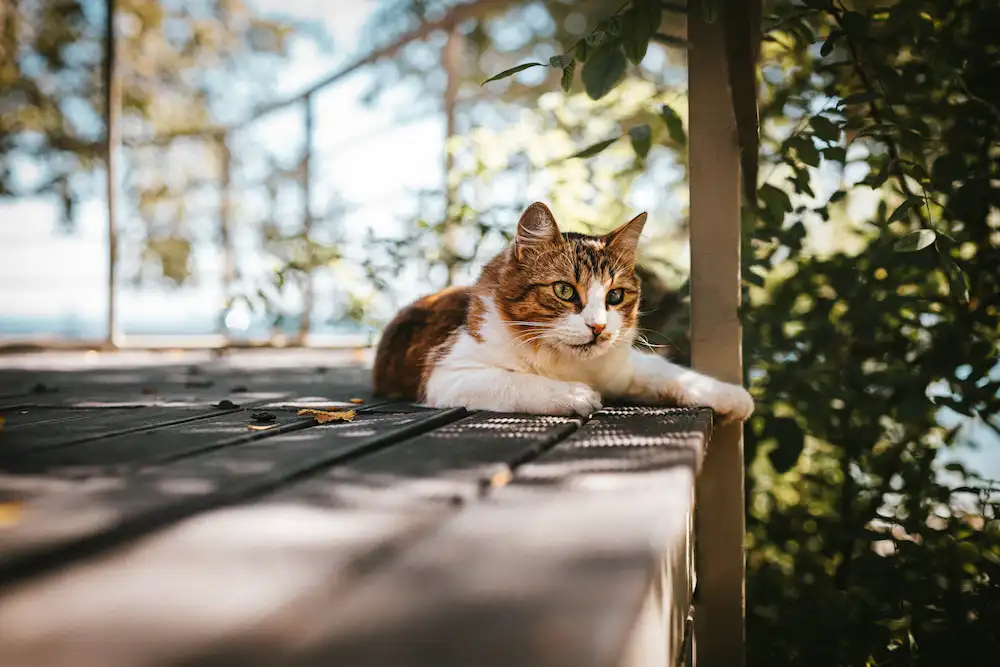
Additional Risk Factors
Certain cats are more susceptible to heatstroke. Below are some of the most commonly at-risk cats:
- Overweight Cats – Extra weight makes it harder for cats to cool down.
- Flat-Faced Breeds – Breeds like Persians have difficulty breathing, which exacerbates heat stress.
- Kittens and Seniors – Younger and older cats are generally more vulnerable.
- Health Conditions – Cats with underlying health issues require extra care in hot weather.
Gradual Acclimation
If your cat is new to hot climates, gradually increase their outdoor exposure to help them acclimate slowly. Start with short, supervised sessions and gradually extend them as your cat gets used to the heat. And, keep a watchful eye on any of the symptoms of heatstroke in cats listed above.
Can Cats Get Heatstroke? Yes. But It’s Easily Preventable.
Heatstroke is a serious risk for cats, but with the right knowledge and preventive measures, you can keep your feline friend safe and comfortable. Always be vigilant during hot weather and take immediate action if you suspect your cat is overheating. Stay informed, stay prepared, and keep your kitty cool.
—
The Catington Post is reader-supported. That means, if you make a purchase through links on our site, we may earn an affiliate commission. All images and names which are not the property of The Catington Post are the property of their respective owners.


